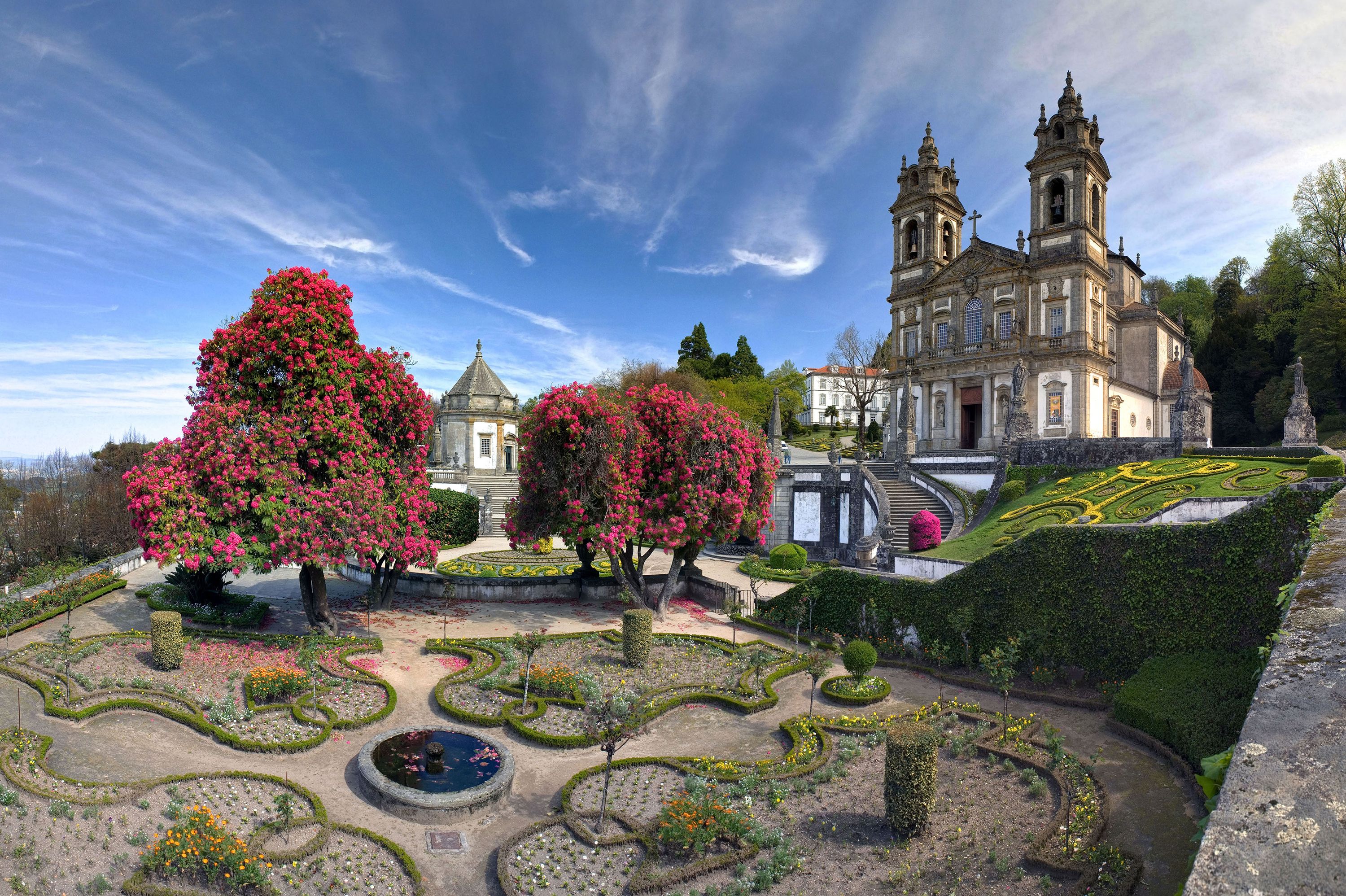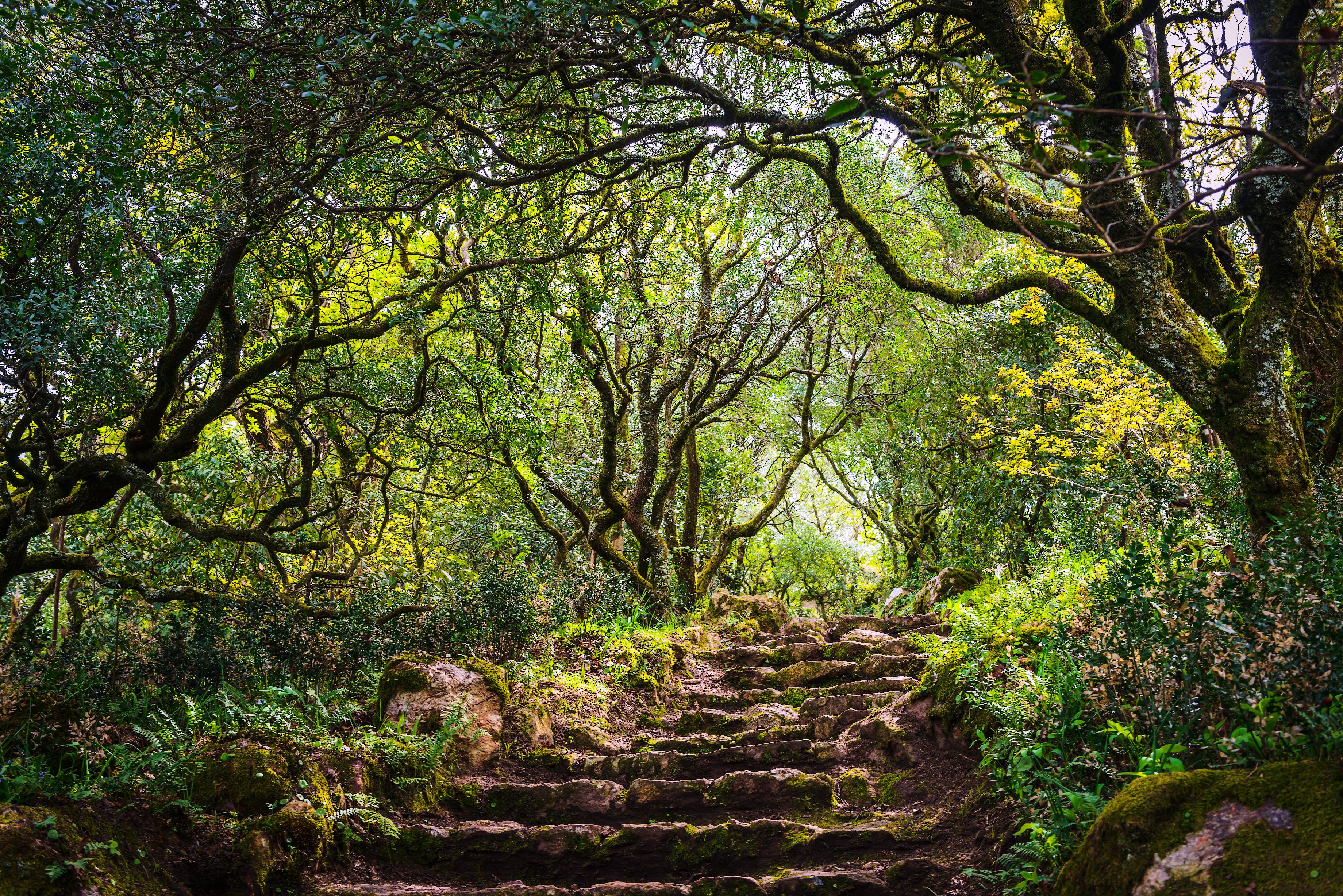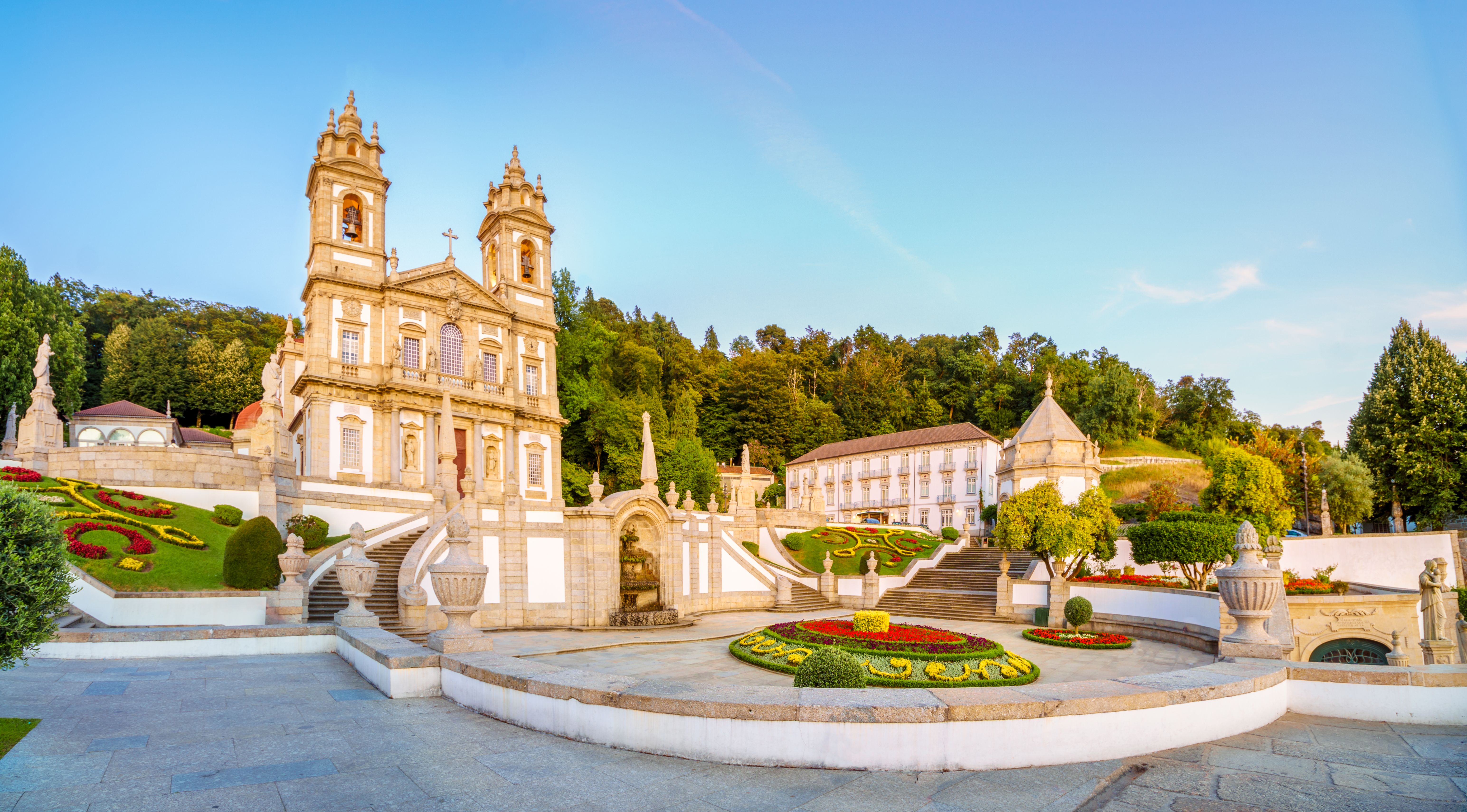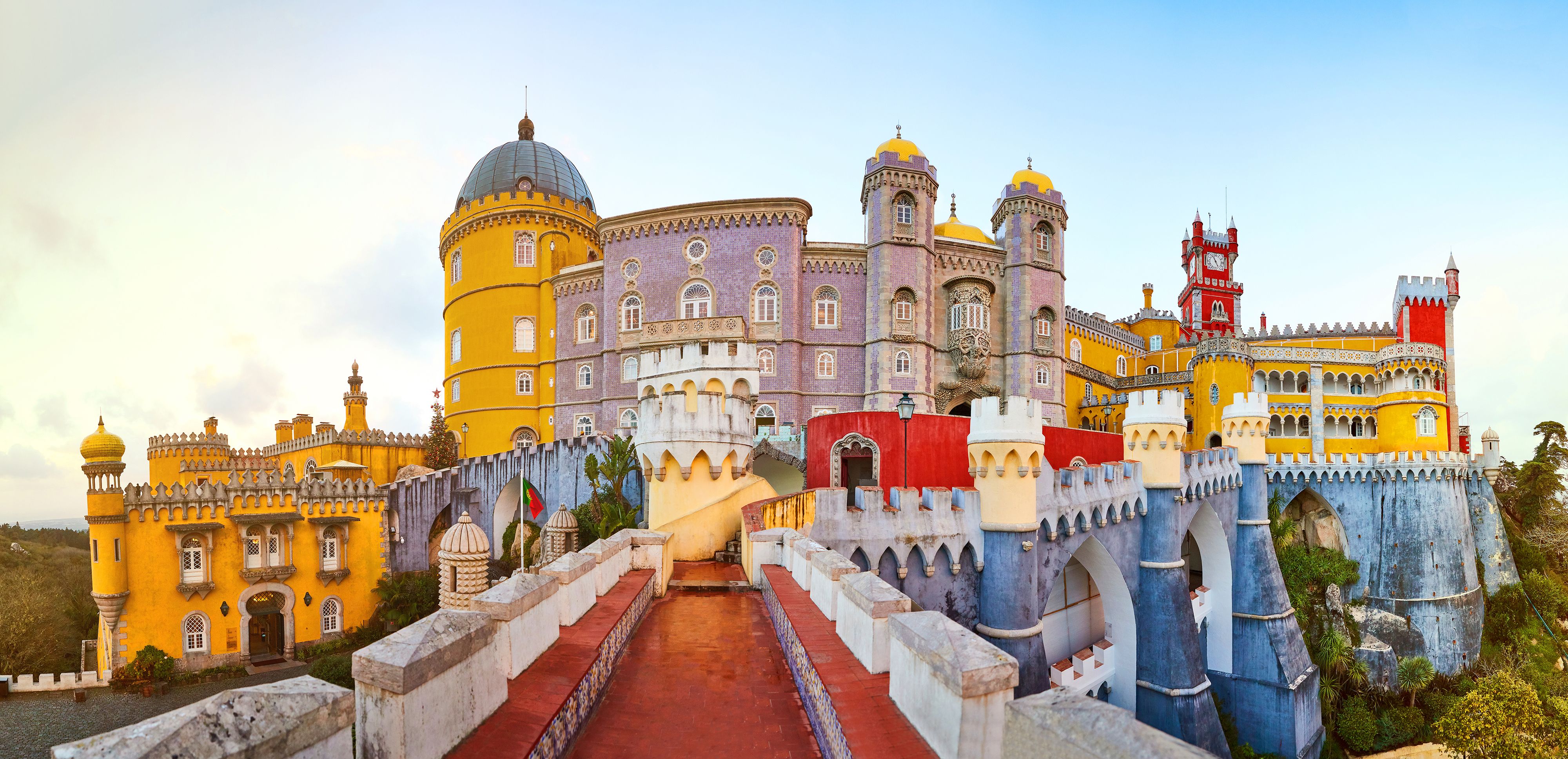Portuguese Archaeology

Summary
With the roar of the Atlantic Ocean and the tranquillity of the Iberian hillsides as our constant companions, we will travel through time stopping off at Megalithic standing stones, Iron Age settlements, Roman ruins and Medieval plazas.
We will enjoy a host of UNESCO World Heritage Sites including the city of Evora, where its monuments and defensive walls stretch back over twenty centuries; Sintra, a magical town in which exotically coloured palaces rise out from the dewy forests; and Guimarães, an immaculately preserved medieval town that was the birthplace of Portugal’s first king, Alfonso Henriques.
We will also explore the vibrant maritime city of Lisbon, the ancient University town of Coimbra and Porto, a mecca for connoisseurs of wine. Other highlights include the Almendres Stone Circle from the Megalithic Age, the Gothic masterpiece of Mosteiro dos Jerónimos, the Roman settlement at Conimbriga, the Iron Age hilltown of Citânia de Briteiros, and Castelo de Pena, one of the seven wonders of Portugal.
Excursions
Douro River Cruise optional excursion £125.00
What to Expect
- The brightly coloured palaces of Sintra
- Important archaeological sites including Conimbriga and Citania de Briteiros
- The historic forest of Buçaco
- Wine tasting in one of Porto’s famous Port lodges
- Optional river cruise on the Douro




